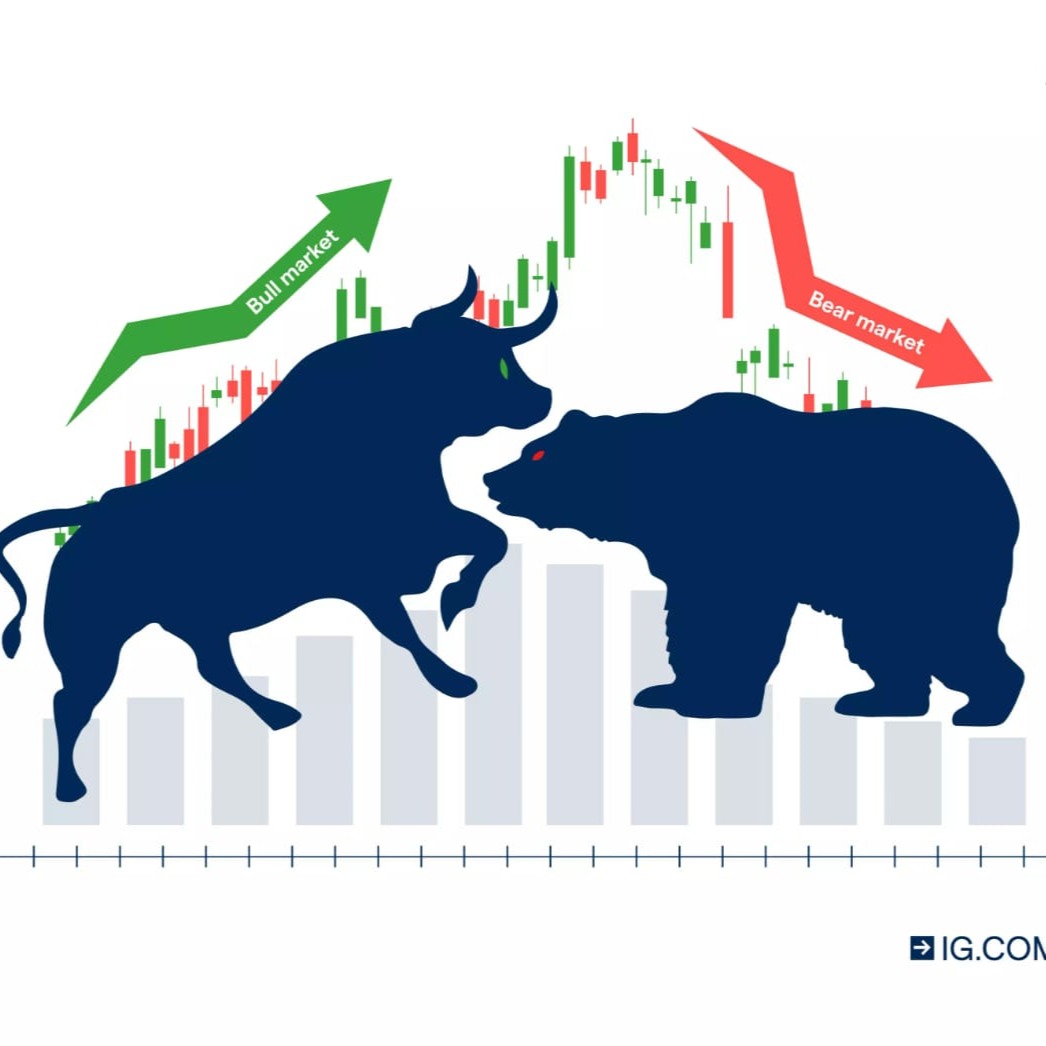
Gas priceGAS
GAS/USD price calculator
Live Gas price today in USD
Do you think the price of Gas will rise or fall today?
Gas market Info
About Gas (GAS)
What Is GAS?
GAS, commonly referred to as NEOGas, is an integral component of the NEO blockchain, a platform often dubbed as China's answer to Ethereum. The NEO network is unique in its adoption of a dual token mechanism, aiming to separate the rights of governance from the rights of using the network. While NEO represents the governance aspect, GAS is the operational token, facilitating various activities on the NEO network. Much like the concept of "gas" on the Ethereum platform, GAS in the NEO ecosystem is used to pay for a myriad of operations, making it essential for the smooth functioning of the network.
The NEO network's vision of a "smart economy" is underpinned by its dual-token system. With a total supply of 100 million, the NEO token allows holders to participate in governance, voting for the Neo Committee, which oversees the blockchain's operations. On the other hand, GAS, which is generated with every block processed, is used to pay transaction fees and the deployment of smart contracts on the NEO network. This dual system ensures that governance remains decentralized while the network remains agile and efficient.
Resources
Official Documents: https://docs.neo.org/docs/en-us/index.html
Official Website: https://neo.org/
How Does GAS Work?
The NEO network charges GAS for the operation and storage of tokens and smart contracts. This mechanism prevents the potential abuse of node resources. System fees collected are burned, ensuring a deflationary aspect to GAS. Meanwhile, network fees are redistributed to consensus nodes, providing them with an economic incentive to maintain the network's integrity and efficiency.
GAS is produced at a rate determined by the network. For instance, 5 GAS tokens are generated every block, and this is distributed in various proportions. The largest chunk of GAS is given to voters, rewarding them for their active role in network governance. This system not only incentivizes participation but also ensures that those who contribute to the network's decision-making are duly rewarded.
What Is GAS Token?
GAS is one of the two tokens created by the Neo Foundation. Its primary function is to serve as a utility token for the NEO network. GAS is used to pay for transaction fees and the deployment of smart contracts. Unlike NEO, which is indivisible, GAS is divisible, making it suitable for microtransactions on the network.
By holding NEO in specific wallets, users can earn GAS as a form of dividend. This staking mechanism offers NEO holders an additional avenue for returns, making the NEO ecosystem attractive for both governance participation and passive income generation.
What Determines GAS's Price?
In the ever-evolving Web3 landscape, the price of GAS, a pivotal token within the NEO network, is influenced by a myriad of factors rooted in blockchain dynamics and external market conditions. At its core, like all assets, the principle of supply and demand plays a pivotal role in determining GAS's price. As cryptocurrency adoption surges and the NEO network gains traction, the demand for GAS can see significant fluctuations. Cryptocurrency charts and cryptocurrency analysis provide insights into these shifts, often highlighting the impact of the latest news, from cryptocurrency regulation changes to the latest developments in the blockchain space.
Market volatility, a hallmark of the cryptocurrency realm, further complicates cryptocurrency price predictions. Factors such as cryptocurrency risks, security concerns, and the broader cryptocurrency trends can lead to sudden and dramatic price swings. For instance, if the best crypto investment for 2023 and beyond is touted to be tokens like GAS, it could drive a surge in demand, influencing its price. In essence, while the intrinsic mechanics of the NEO network and blockchain principles guide GAS's foundational value, external factors, from cryptocurrency regulation to the latest buzz in the Web3 domain, shape its market price.
AI analysis report on Gas
Gas Price history (USD)
 Lowest price
Lowest price Highest price
Highest price 
What is the highest price of Gas?
What is the lowest price of Gas?
Gas price prediction
When is a good time to buy GAS? Should I buy or sell GAS now?
What will the price of GAS be in 2026?
In 2026, based on a +5% annual growth rate forecast, the price of Gas(GAS) is expected to reach $2.69; based on the predicted price for this year, the cumulative return on investment of investing and holding Gas until the end of 2026 will reach +5%. For more details, check out the Gas price predictions for 2025, 2026, 2030-2050.What will the price of GAS be in 2030?
Hot promotions
Global Gas prices
How to buy Gas(GAS)

Create Your Free Bitget Account

Verify Your Account

Convert GAS to USD
FAQ
What is the current price of Gas coin?
What factors influence the price of Gas coin?
Is Gas coin a good investment at its current price?
How has the price of Gas coin changed over the last month?
Where can I buy Gas coin?
What are the price predictions for Gas coin in the next year?
Are there any upcoming events that might affect the price of Gas coin?
How does Gas coin compare to other cryptocurrencies in terms of price stability?
What is the all-time high price of Gas coin?
Can the price of Gas coin go back to its previous highs?
What is the current price of Gas?
What is the 24 hour trading volume of Gas?
What is the all-time high of Gas?
Can I buy Gas on Bitget?
Can I get a steady income from investing in Gas?
Where can I buy Gas with the lowest fee?
Related cryptocurrency prices
Where can I buy Gas (GAS)?
Video section — quick verification, quick trading

GAS/USD price calculator
GAS resources
Tags:
Bitget Insights




Trade
Earn
GAS/USDT
SpotGAS/USDT
MarginGAS/USDT
USDT-M FuturesPrices of newly listed coins on Bitget








